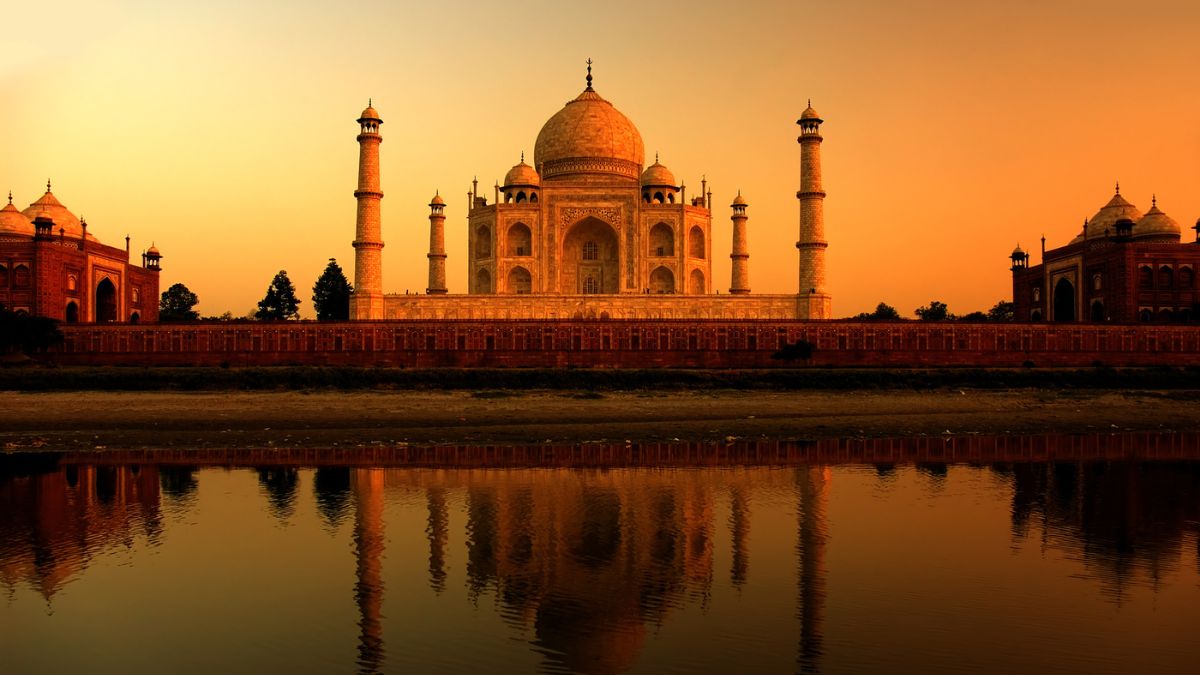Cash or Card: Navigating Currency in India

As participants in Amazon Associates and other programs, we earn from qualifying purchases. This comes at no additional cost to you. For more details, see our Affiliate Disclosure.
In the vast tapestry of India, where ancient traditions intertwine with modern innovations, how people exchange value stands as a reflection of its evolving identity. Navigating through the lively streets of Mumbai, the serene backwaters of Kerala, or the majestic temples of Varanasi, the choice between cash or card presents itself constantly. As both a challenge and an opportunity, understanding this dance between tradition and technology becomes essential for everyone, from the local vendor to the international traveler.
HIGHLIGHTS:
- India’s financial landscape is a blend of tradition and technology, with both cash and digital payments playing pivotal roles.
- Urban regions are rapidly embracing digital payments, while rural areas continue to rely heavily on cash, reflecting the urban-rural divide.
- Travelers and expatriates in India should be prepared for a mix of payment methods, especially considering the predominance of cash in off-the-beaten-path locations.
The Legacy of Cash in Indian Transactions
India’s relationship with currency is deep-rooted, evolving from ancient barter systems to the modern digital age. Yet, despite technological advancements, the charm of cash endures.
Street vendors, rickshaw pullers, and small-scale farmers are among the vast informal sectors relying on tangible money, underlining its significance in daily livelihoods.
Furthermore, cultural practices, from wedding gifts to temple donations, have cemented cash’s prominent role.
While the digital tide rises, the legacy of cash in India beautifully encapsulates its blend of tradition and modernity.
The Rise of Digital Payments: From Paytm to UPI – A Tech Revolution
The dawn of the 21st century marked a significant shift in India’s payment landscape. As the country rapidly embraced technology, digital payment platforms emerged, transforming the way millions transact daily.
Leading the charge was Paytm, initially a simple mobile recharge service, which metamorphosed into a comprehensive financial giant, enabling everything from utility payments to movie ticket bookings.
However, the true game-changer was the introduction of the Unified Payments Interface (UPI). Spearheaded by the National Payments Corporation of India, UPI democratized digital transactions, allowing instant money transfers across banks with just a mobile number or a virtual ID.
Its simplicity and interoperability led to an explosion in usage, giving rise to multiple UPI-based apps and pushing India closer to a less-cash economy. This technological revolution not only offers convenience but also propels India’s vision of becoming a digitally inclusive society.
The Urban-Rural Divide: How Location Affects Payment Preferences
India, with its vast expanse, is a juxtaposition of the bustling urban centers and tranquil rural heartlands. This diversity extends to payment preferences, shaped heavily by the contrasting lifestyles and access to resources in these areas.
In urban regions, with their high-speed internet, modern infrastructure, and greater exposure to global trends, digital payments have found a substantial foothold. E-wallets, contactless cards, and UPI-based transactions are commonplace, driven by a tech-savvy population seeking convenience and speed.
Conversely, in the rural expanses, where infrastructure and internet penetration might lag, cash remains king. Many small businesses and local vendors in these regions operate outside the formal banking system, relying on the tangibility and simplicity of cash transactions.
However, the gap is narrowing, with initiatives promoting digital literacy and financial inclusion making inroads into the countryside. While the divide is evident, the blend of tradition and innovation continues to shape India’s unique payment landscape.
Foreigners in India: Currency Considerations for Travelers and Expatriates
Navigating the financial landscape of a foreign country can be a daunting task, and India, with its multifaceted economic environment, is no exception. For travelers and expatriates, understanding local currency preferences is crucial for a seamless experience.
India’s major cities, with their cosmopolitan nature, offer a plethora of payment options. International credit and debit cards are widely accepted in hotels, upscale restaurants, and popular tourist spots, with ATMs scattered conveniently for cash withdrawals.
However, as one moves away from urban centers, the reliance on cash becomes more pronounced. Many local markets, street food vendors, and transportation services, especially in rural or off-the-beaten-path areas, operate predominantly on cash.
Therefore, carrying a mix of both cash and cards is advisable. Additionally, with the rise of UPI and digital wallets, some establishments might offer QR codes for payments – a system unfamiliar to many foreigners but growing in popularity.
It’s essential for visitors to stay updated on exchange rates, be wary of potential scams, and familiarize themselves with India’s denominations to ensure smooth financial transactions during their stay.
Pros and Cons: Weighing the Benefits and Pitfalls of Cash versus Card
The debate between cash and card, especially in a diverse economy like India’s, is multifaceted. Each mode of payment has its own set of advantages and drawbacks, shaped by factors ranging from convenience and security to cultural practices and accessibility.
Pros of Cash:
- Universality: Cash is universally accepted, from urban hubs to remote villages.
- No Technical Glitches: Cash transactions are free from technical issues like server downtimes or electronic failures.
- Privacy: Cash transactions provide anonymity, leaving no digital trail.
Cons of Cash:
- Security Concerns: Carrying large sums can be risky, making one vulnerable to theft.
- Bulkiness: Managing and transporting cash, especially in large amounts, can be cumbersome.
- Lack of Rewards: Unlike cards, cash transactions don’t offer rewards or cashback.
Pros of Card/Digital Payments:
- Convenience: Digital transactions, especially for large amounts, are seamless and require no physical handling of money.
- Rewards and Incentives: Many cards offer cashbacks, discounts, and reward points.
- Traceability: Electronic transactions provide a clear record, aiding in budgeting and financial tracking.
Cons of Card/Digital Payments:
- Technical Reliance: They depend on electronic infrastructure, which can sometimes fail.
- Fraud Risks: Digital transactions can be susceptible to cyberattacks, scams, or unauthorized access.
- Not Universally Accepted: Many smaller vendors or rural areas might not have card or digital payment facilities.
In the end, the choice between cash and card often depends on the specific context, individual preferences, and the nature of the transaction. As India evolves, so does its payment landscape, with both modes continuing to have their distinct place in the economy.
Looking to the Future: Predictions for the Evolving Currency Landscape in India
As India marches forward into the future, its currency landscape is poised for transformation. Digital payments, bolstered by innovations like UPI, are expected to see exponential growth, especially with government initiatives pushing for a “Digital India.” The young, tech-savvy generation is likely to propel this trend further, favoring convenience and instantaneity.
However, cash won’t disappear entirely. In rural areas, where digital infrastructure is still catching up, and among segments that value the tangibility and privacy of cash, it will maintain its significance. Moreover, India’s diverse cultural practices tied to cash will ensure its relevance.
On the horizon, we might also witness the rise of new financial technologies, like cryptocurrencies, although their mainstream acceptance remains a topic of debate. In essence, India’s future currency landscape will be a tapestry of tradition and innovation, mirroring its unique societal and economic fabric.






